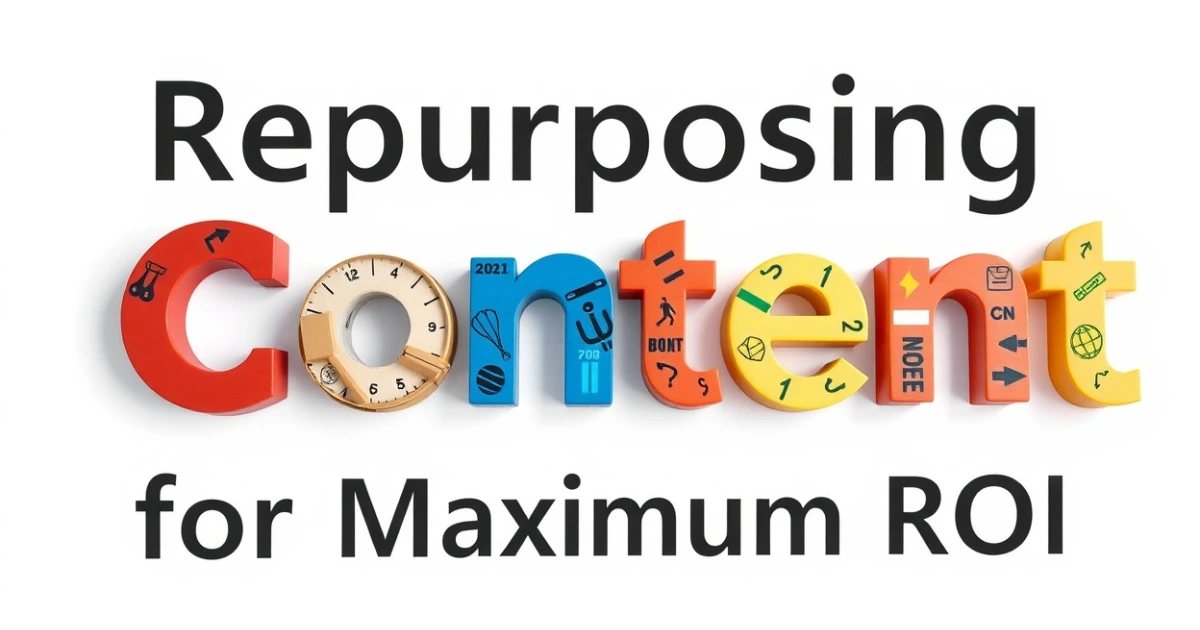You’re not running out of content ideas—you’re just not squeezing enough value out of what you’ve already created. In today’s fast-paced digital landscape, constantly churning out new material drains your team, your time, and your budget. Meanwhile, some of your best-performing assets are gathering dust after a single use. This is where content repurposing becomes a game-changer. By turning blogs into videos, webinars into articles, or data into infographics, you maximise impact without multiplying effort. It’s not about doing more—it’s about doing better. Let’s explore how to repurpose content effectively and boost your content marketing ROI with less waste.
The Cost of Content Creation vs. the Value of Repurposing
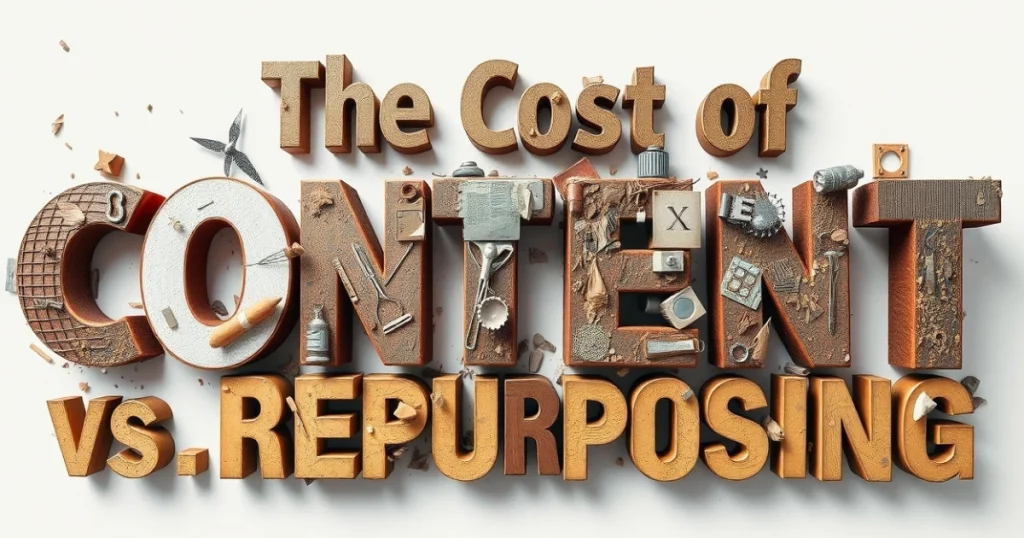
Let’s take a typical Bangkok-based SME—say, a fast-growing health supplement brand. Each month, they spend upwards of ฿80,000 on content production: blogs, social media posts, video shoots, and email marketing campaigns. The goal? Stay visible and relevant in a highly competitive digital space.
But here’s the catch: much of that content is published once and then left to fade into digital obscurity. Despite the high investment, the actual return is often short-lived.
Content Shelf-Life Is Shockingly Short
The average social media post has a fleeting lifespan:
- Twitter (X): ~18 minutes
- Facebook: ~5 hours
- Instagram: ~24–48 hours
- LinkedIn: 2–3 days (if you’re lucky)
Even blogs and YouTube videos, while more enduring, require consistent promotion to stay relevant in search results or feeds. Without a long-tail strategy, the ROI on original content creation is far from optimal.
Create Once, Distribute Forever
This is where content repurposing becomes a strategic advantage. Instead of starting from scratch every time, you reformat, redistribute, and reimagine your existing content to reach new audiences in new ways.
A single blog post can become:
- A series of Instagram carousels
- A LinkedIn opinion piece
- A podcast episode discussion
- An email marketing series
- A short-form video for TikTok or Reels
By maximising the reach and longevity of each asset, you stretch your marketing budget significantly further.
✅ Key Takeaway Box
Creating new content is expensive—repurposing content is profitable.
Reuse smartly, distribute widely, and let your best work keep performing.
What Is Content Repurposing?
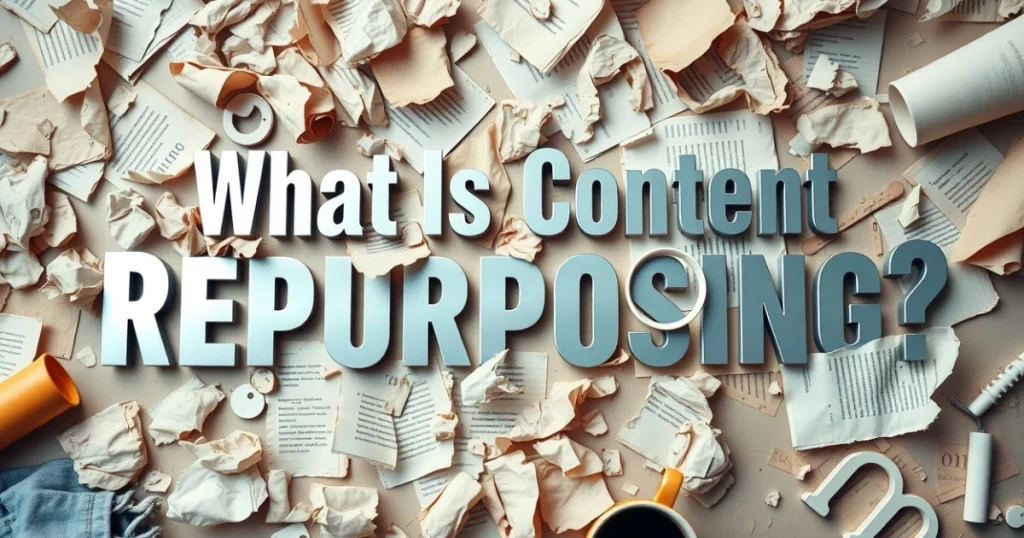
Content repurposing is the process of taking an existing piece of content and transforming it into new formats or versions to suit different platforms, audiences, or objectives. It’s a smart way to amplify reach, reinforce messaging, and extract more value from content you’ve already invested in.
Unlike simple reposting, repurposing involves adaptation—not duplication. For instance, turning a blog post into a YouTube explainer video, or breaking down a webinar into a series of social media clips, requires thought, creative repositioning, and often reformatting.
Repurposing vs. Recycling
People often use the terms interchangeably, but there’s a subtle difference:
- Recycling often implies reusing content exactly as it is—like reposting the same image on Instagram every few months.
- Repurposing, on the other hand, means reimagining content for new value and new contexts.
Common Myths Debunked
One of the biggest misconceptions is that repurposing is lazy or unoriginal. In reality, it’s the opposite. It requires strategic thinking, an understanding of your audience behaviour, and creative flair. Done right, it turns one great idea into a dozen high-performing assets—without diluting quality.
Think of it as scaling your content without scaling your workload.
The Benefits of a Content Recycling Strategy
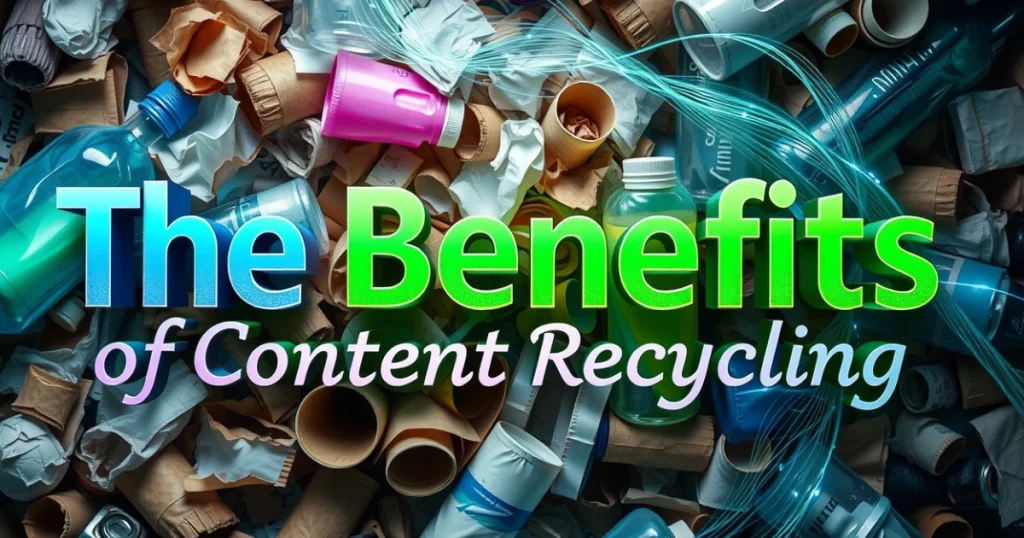
A well-executed content recycling strategy isn’t just about stretching content—it’s about multiplying its impact. By deliberately repurposing your digital marketing assets, you can improve efficiency, reach wider audiences, and strengthen your long-term SEO performance. Here’s how:
Boosting Content Marketing ROI
Creating fresh, high-quality content from scratch each time is resource-intensive. When you repurpose content, you’re maximising the return on your initial investment.
One well-researched blog post can be transformed into:
- An infographic for Pinterest
- Bite-sized quote graphics for Instagram
- A talking script for a short-form video
- A podcast discussion topic
This multiplies your output without multiplying your costs—reducing your content spend while increasing touchpoints with your audience.
Expanding Reach Across Platforms
Different audiences prefer different formats. Some love reading long-form blog articles, while others prefer snappy TikToks or in-depth podcasts. Repurposing allows you to meet your audience where they are, in the format they consume most.
For example:
- A case study might not gain traction on Instagram, but its key takeaways could perform well as a LinkedIn carousel.
- A Facebook Live Q&A can be clipped into several short-form Reels or embedded into blog posts.
This cross-format strategy improves visibility and strengthens brand consistency across platforms.
Improving SEO Over Time
Repurposing also plays a strategic role in SEO performance. When you repurpose content:
- You create more internal linking opportunities
- You reinforce your position on key topics (topical authority)
- You extend the life of evergreen content with updates and syndication
All of this helps you rank higher, stay relevant longer, and build greater trust with search engines.
✅ Key Takeaway:
A content recycling strategy isn’t just efficient—it’s a long-term growth engine.
What Types of Content Can Be Repurposed?
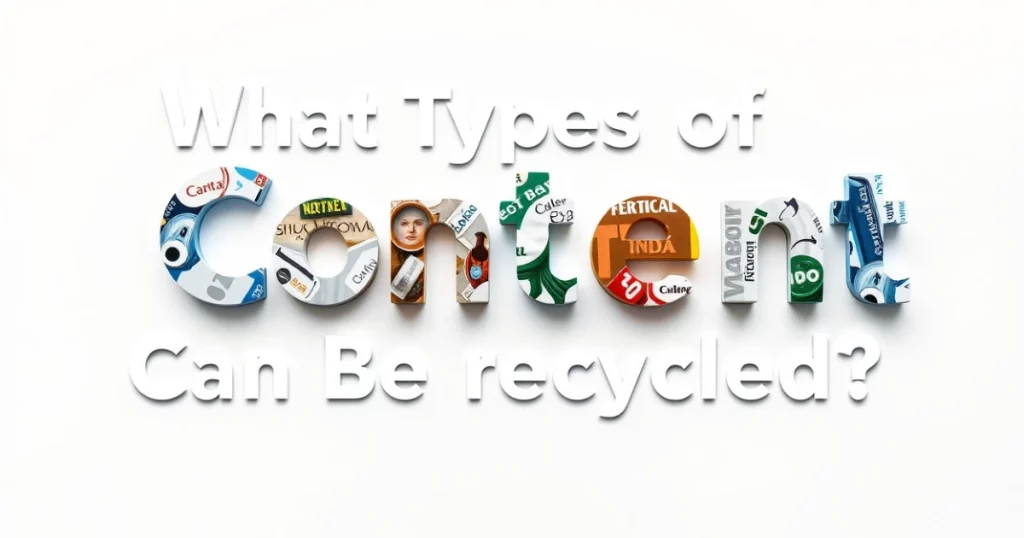
Repurposing content works best when you start with quality assets—and almost anything can be transformed if the core message holds value. Here are some of the most versatile types of content that can be reimagined for greater reach and longevity:
Blog Posts into Infographics, Videos, Podcasts
A well-written blog is a goldmine. Its key data points and insights can be turned into:
- Visually engaging infographics for Pinterest or LinkedIn
- Explainer videos for YouTube or Instagram Reels
- Podcast topics where you expand on ideas in a conversational format
This allows you to deliver the same message through multiple mediums, catering to varied learning styles and preferences.
Webinars into Blog Series or eBooks
Webinars often contain dense, high-value information. Rather than letting them fade after one live session, you can:
- Transcribe and edit the content into a multi-part blog series
- Package it as a free downloadable eBook or whitepaper
- Extract quotes or stats to use across your social media platforms
One webinar can fuel months of content.
Social Media Posts from Newsletter Content
Email newsletters are rich in value—but often overlooked. Break them down into:
- Short LinkedIn posts
- Instagram captions or Stories
- Snippets for Twitter (X) or Facebook
These bite-sized updates keep your audience engaged across platforms without starting from scratch.
Case Studies into Testimonials or Carousel Posts
Your success stories can do more than sit in a PDF. Turn them into:
- Customer testimonials for your website or ads
- Before-and-after carousel posts for Instagram or Facebook
- Visual “problem-solution-result” graphics to highlight impact
Repurposing adds polish, context, and reach—without creating new content from zero.
Step-by-Step Guide to Building a Content Repurposing Workflow
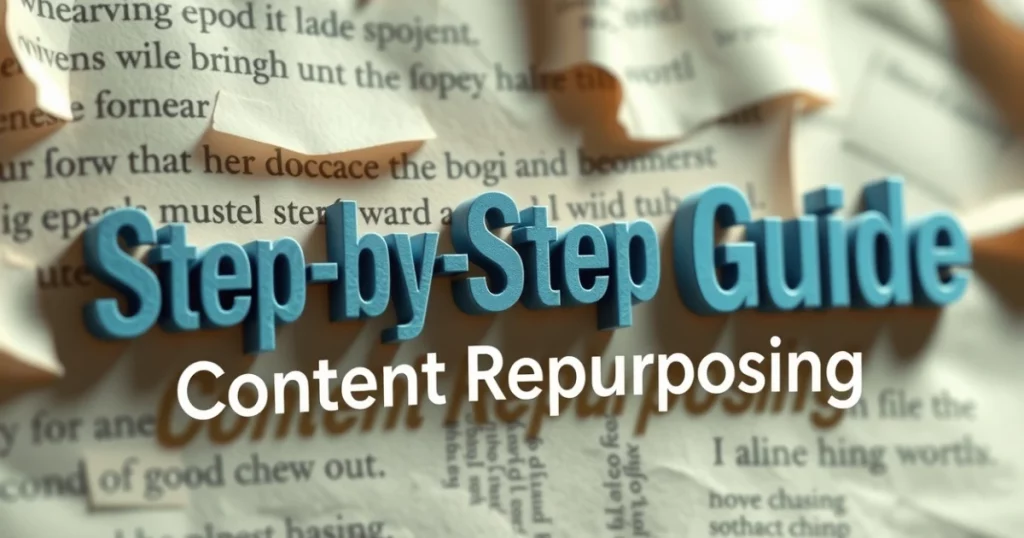
Creating a successful content repurposing strategy doesn’t happen by chance—it requires a structured workflow that turns existing assets into consistent, high-performing content across platforms. Here’s how to build a system that delivers real ROI:
Step 1 – Audit Your Existing Digital Marketing Assets
Start with a clear picture of what you already have. Use a content inventory spreadsheet or tools like Airtable, Notion, or Screaming Frog to log all your:
- Blog posts
- Videos
- Email newsletters
- Social media campaigns
- Webinars or presentations
Categorise them by format, topic, performance metrics, and publication date.
Step 2 – Identify Evergreen & High-Performing Content
Focus on content that stands the test of time or continues to attract traffic.
- Look for evergreen topics (how-tos, guides, FAQs)
- Pinpoint top performers using analytics tools like Google Analytics, HubSpot, or social insights
These pieces have already proven their value—repurposing them gives you more bang for your buck.
Step 3 – Choose New Formats Based on Audience Channels
Not all content formats fit every platform. Match repurposed content to user intent and behaviour:
- TikTok/Reels = short, high-energy videos
- Pinterest = step-by-step infographics
- LinkedIn = professional case studies or insights
- YouTube = longer-form explainers or tutorials
Tailoring format to platform increases engagement and reach.
Step 4 – Create & Optimise for Each Platform
Repurposing is not copy-pasting—it’s recrafting content with purpose.
- Adjust tone, visuals, and structure to fit each platform’s audience
- Rework headlines and CTAs to match channel-specific goals
- Use platform-relevant hashtags, tagging, and posting schedules
It’s about being native, not generic.
Step 5 – Measure, Analyse, Refine
Once your repurposed content goes live, track its performance.
- Monitor engagement, traffic, and conversions
- Compare results to original content benchmarks
- Use insights to refine future repurposing decisions
The more you learn, the smarter and more scalable your strategy becomes.
✅ Key Takeaway Box
“Repurposing content is not a shortcut—it’s a smart, strategic workflow that fuels omnichannel growth.”
With the right system in place, one idea can power your entire marketing calendar.
Real-Life Example: Content Repurposing in Thailand

Rolling Roasters, a specialty coffee shop based in Bangkok, offers a standout example of how content repurposing can fuel real business growth in Thailand’s competitive F&B space. Known for their premium brews and design-led café experience, they’ve also mastered the art of digital storytelling.
What They Reused
Originally, Rolling Roasters focused on long-form blog content around their coffee sourcing, brewing tips, and behind-the-scenes stories. Working with their digital team, they began repurposing this content into:
- Instagram and TikTok videos showing brewing methods and latte art
- Infographics breaking down coffee types and brew guides for Facebook and Pinterest
- Carousel posts and Reels summarising blog content for fast consumption
- Email newsletters using excerpts and visuals to maintain subscriber interest
The Results
This content recycling strategy allowed them to dramatically extend the reach and lifespan of each asset—and the impact shows:
- Their Facebook page now boasts over 74,000 followers, fuelled by regular, visually engaging repurposed content
- Engagement rates on social media increased significantly, with video content drawing high shares and comments
- Website traffic and in-store visits have both grown, attributed in part to consistent online visibility and brand recall across platforms
Rolling Roasters didn’t just make more content—they made smarter content work harder across channels.
✅ Key Takeaway Box
“Repurposing content transforms single-use assets into multi-platform tools, maximising reach and ROI.”
Rolling Roasters proves that when done right, content repurposing can turn a local café into a digital community favourite.
Tools & Resources to Help Repurpose Content Efficiently
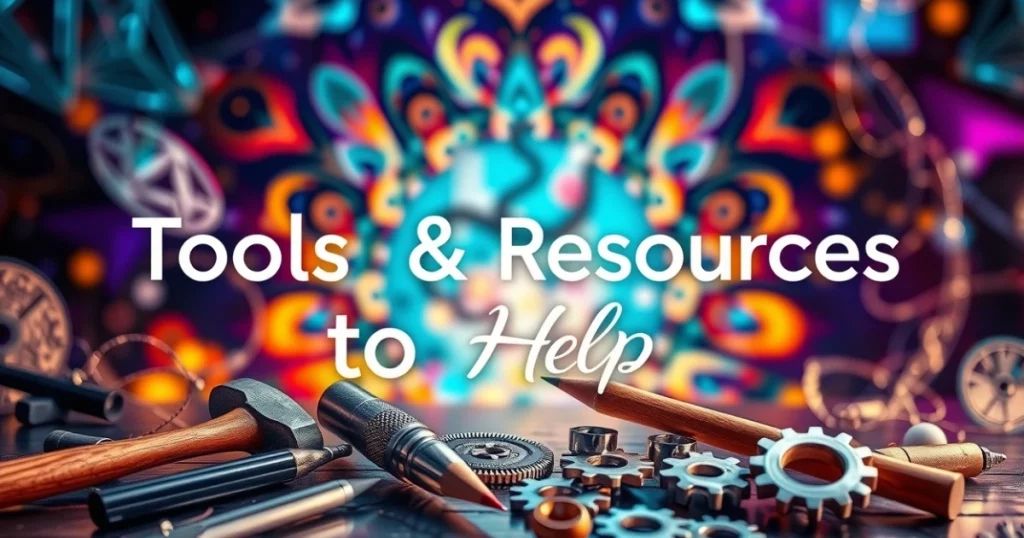
You don’t need a massive team to repurpose content effectively—just the right set of tools. Here are a few essentials that streamline the process:
- Canva – Design infographics, Instagram carousels, and video thumbnails with ease.
- Descript – Transcribe, edit, and repurpose video/audio into blog posts or captions.
- Notion – Organise your content inventory and repurposing workflow in one place.
- Trello – Manage content calendars and track repurposing progress with your team.
- AI Copywriting Tools (like ChatGPT) – Rephrase, summarise, or adapt content into new formats quickly.
These tools make content repurposing more creative, consistent, and scalable.
Common Mistakes to Avoid When Repurposing Content
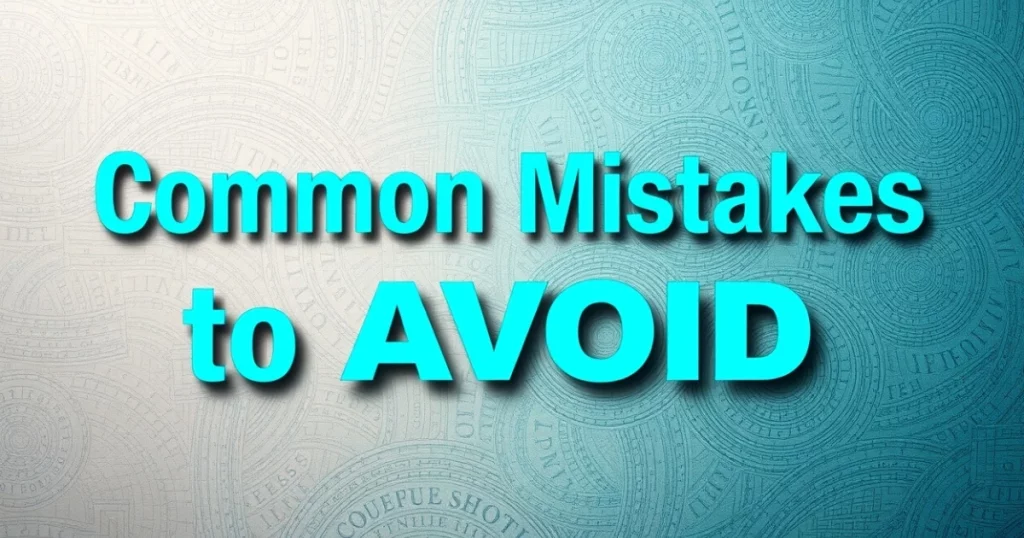
While repurposing is a powerful strategy, doing it carelessly can backfire. Here are key mistakes to avoid:
- Not tailoring to platform – A LinkedIn audience won’t engage with the same style of content as a TikTok viewer. Adjust tone, format, and visuals accordingly.
- Ignoring SEO optimisation – Repurposed content still needs keyword research, meta data, and proper structure to perform in search. Don’t skip the basics.
- Over-recycling – Posting the same content too often, even in different formats, can lead to audience fatigue. Spread it out and keep it fresh with subtle variations.
Strategic repurposing requires balance, intent, and creative finesse.
Conclusion: Extend the Life of Your Marketing Assets for Long-Term Growth
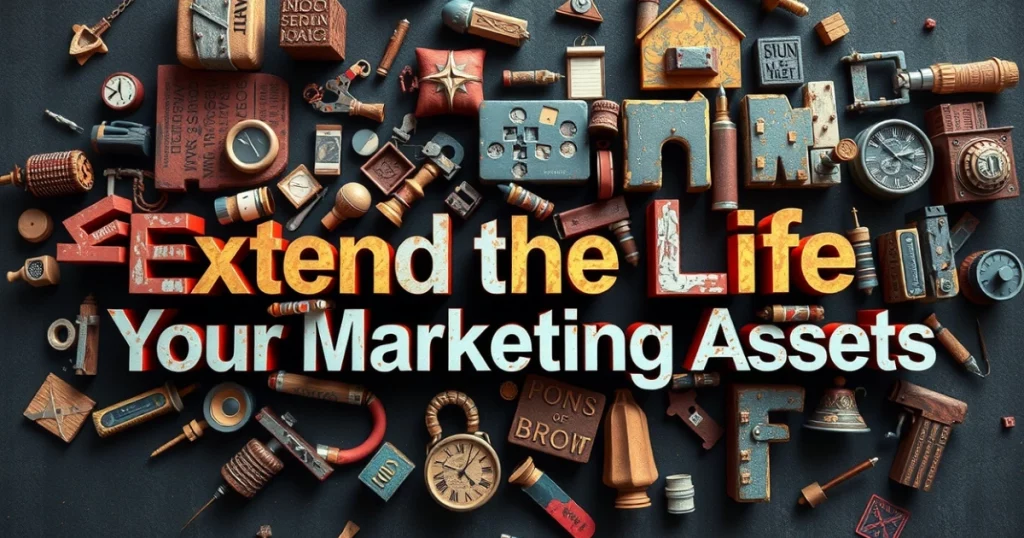
Repurposing isn’t just a clever workaround—it’s a cornerstone of a sustainable, high-ROI content strategy. By transforming your existing digital assets into fresh, targeted formats, you reduce production costs, expand your reach, and maximise the value of every piece of content you create.
The best part? You may not need to create anything new to see results. Your highest-performing content is likely already sitting in your archives—ready to be reimagined and reintroduced to new audiences. Start there, and build a repurposing strategy that turns content into a long-term growth engine for your brand.
✅ Let’s Turn Your Existing Content Into a Growth Engine
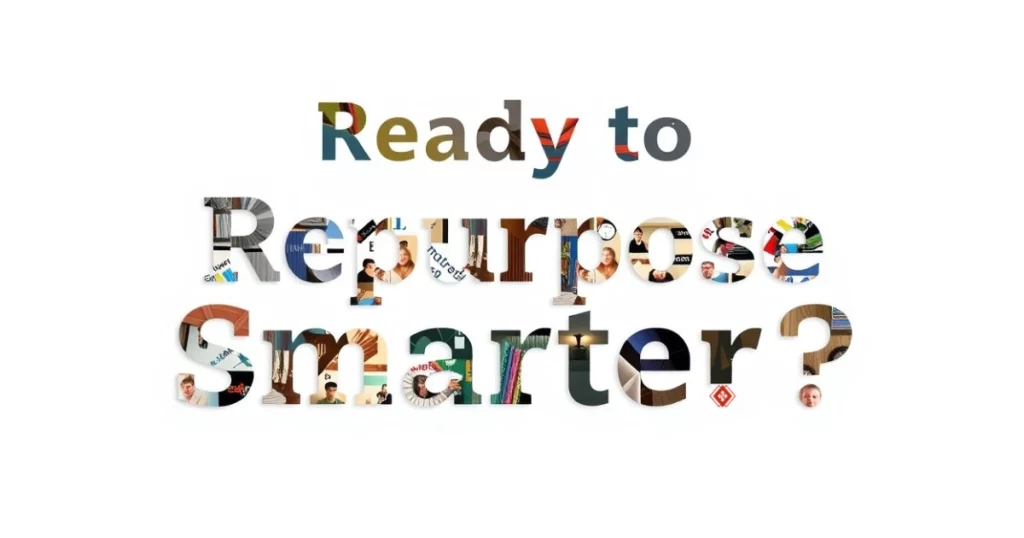
Need help building a content repurposing strategy tailored to your Thai audience?
Let’s talk. Northern Kites specialises in content marketing that works smarter—not harder.
🎯 Book a Free Consultation Now and discover how to maximise ROI from the content you already have.


